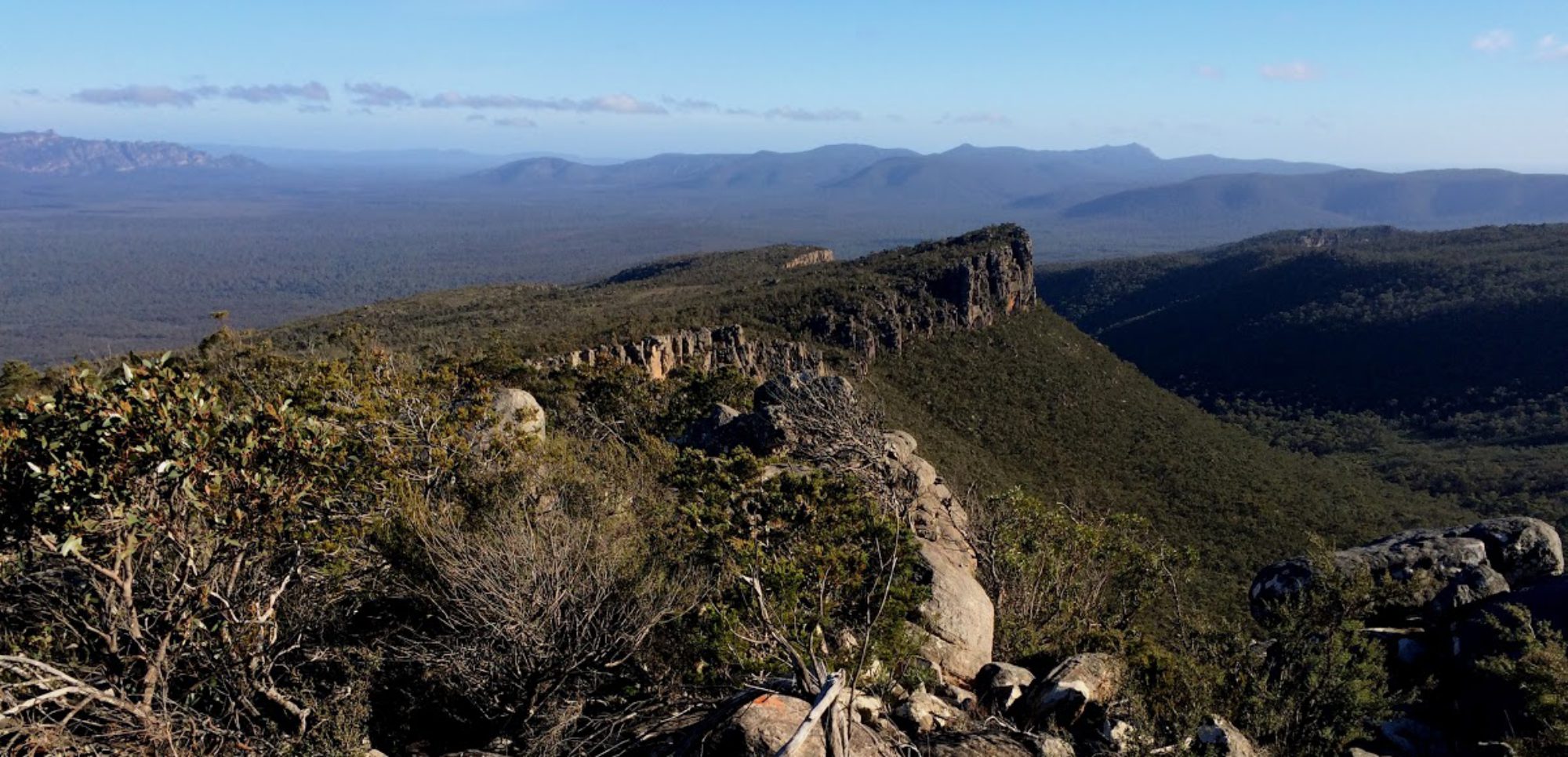Reading Time: 2 minutes
Being caught outdoors in a thunderstorm is a dangerous situation.
Ten people die each year from lightning strikes in Australia, with a further 100 injured.
Indicators of lightning risk include:
- Thunder
- Lightning flashes
- Dark clouds associated with storms
- Towering, anvil shaped cumulonimbus cloud formations
- Static electricity
Thunder: Generally, if thunder can be heard, then lightning is a possibility nearby. Precautions need to be considered immediately. However, wind or distance may prevent thunder being heard, so that should not be relied on to alert to the possibility of lightning.
Lightning flashes in the distance indicate that lightning may be approaching.
Dark clouds associated with storms are indicators of some lightning risk.
Cumulonimbus clouds. Towering, anvil shaped cumulonimbus cloud formations are an indicator of high lightning risk.
Static electricity may be experienced – with hair standing on end or even mild shocks felt through walking poles or when touching ski edges.
Proximity
The proximity of the thunderstorm can be estimated by counting the seconds between a lightning flash and the associated clap of thunder. The lightning flash is seen instantaneously, but the sound of the thunder travels 1 km in 3 seconds.
An indication of the high level of risk from lightning is that outdoor sporting events are cancelled if lightning occurs within 10km. That is, when the time between a lightning flash and the thunder is 30 seconds or less. When this occurs, the next lightning strike could be close by.
If the flash of lightning and the clap of thunder are almost simultaneous, the thunderstorm is overhead; an extremely dangerous situation for anyone still out in the open.
Take precautions
When a thunderstorm is observed, even in the distance, precautions need to be taken. No place outdoors is safe, but some locations are much safer than others.
Well before the storm arrives:
- Get off high ground it is safe to do so.
- Stay low when descending to a less exposed location. A motor vehicle or building can be a good refuge.
- Keep well away from any high points; crags, rock outcrops, isolated trees, power lines.
- Ensure gear such as metal tent poles or skis are not sticking up in the air. Stop using metal walking poles. Consider leaving these items to collect later.
Once at the safest available location:
- Put on extra clothing.
- Insulate from the ground by sitting on a sleeping mat, jacket and pack (provided it does not contain any metal), or squatting.
- Sit with knees up, head between the knees and feet off the ground. Alternatively, squat to become small and round.
- Cover ears and close eyes.
- Group members should be well apart.
- Quickly put any metal objects at least 20 metres away, starting with larger and longer items such as tent poles, walking poles, skis, stocks. If time allows, remove items such as GPS, mobile phone, watch, and stove, billies, cutlery, metal water bottles from packs.
- Get inside a solid building if one is available.
Do NOT shelter:
- Under a tree. Under any larger tree is very dangerous.
- Standing or sitting on tree roots.
- Under a rock overhang.
- At the entrance to a cave.
- Standing up in a cave.
- Adjacent to a body of water or near the water’s edge. Salt water is particularly dangerous.
